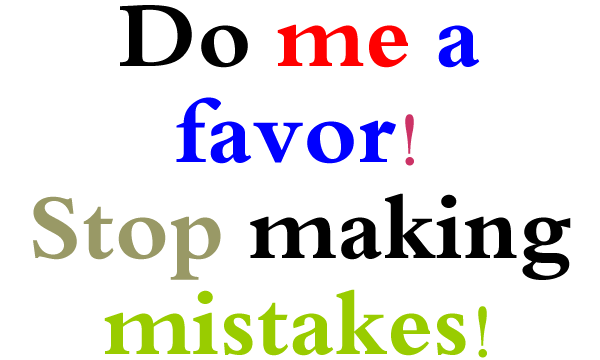Table of Contents
Introduction
In this post, we suggest effective strategies for teaching collocations with do and make. This lesson plan includes exercises and activities for engaging your students.
Collocations Lesson Plan: Do and Make
This lesson plan is designed to introduce students to collocations with “do” and “make.” By the end of the lesson, students will understand what collocations are, practice using collocations with “do” and “make,” and apply these collocations in sentences about their own lives.
Teaching Collocations with Do and Make

Lesson Overview
Level: Pre-intermediate to Intermediate
Objectives:
- To define and recognize collocations in English.
- To practice collocations specifically using “do” and “make.”
- To use these collocations in personalized speaking and writing activities.
Materials:
- Whiteboard and markers
- Handouts with exercises on “do” and “make” collocations
- Worksheet for the final speaking activity
Timing: 45-60 minutes
Introducing Collocations (10 minutes)
Start by asking students to complete the following sentences:
- I am ______ a cake.
- I am ______ an exercise.
Elicit possible answers such as make, eat, and do. Highlight that “a cake” typically collocates with verbs like make and eat but not with do, while “an exercise” collocates with do and not with make.
Explain to the students that phrases where certain words regularly go together are called collocations. Inform them that they will practice collocations specifically with do and make.
Collocations with Do and Make (15 minutes)
Hand out the following exercise and ask students to complete the table using the nouns provided:
Nouns:
- the shopping, a dress, the dishes, an exercise, a cake, coffee, money, the ironing, the laundry, a reservation, a mistake
Table:
| Collocations with do | Collocations with make |
|---|---|
| DO… | MAKE… |
| … | … |
Completed Table Example:
| Collocations with do | Collocations with make |
|---|---|
| the shopping | a dress |
| the dishes | a cake |
| an exercise | money |
| the ironing | a reservation |
| the laundry | a mistake |
Discuss the table and ensure students understand the correct collocations.
Understanding Do and Make (10 minutes)
Help students understand the general rules for using do and make:
- Do: Used to describe indefinite activities, duties, jobs, or leisure activities.
- Make: Used when talking about constructing, creating, or performing something.
Write the following examples on the board:
- I always do my homework in the evenings.
- I like spaghetti. I make spaghetti every day.
Encourage students to suggest more examples using these rules.
Practicing Collocations with Do and Make (15 minutes)
1. Matching Exercise:
Ask students to match the following words with either do or make:
Words:
- a difference
- friends
- a favor
- a salad
- your best
- your hair
- a phone call
- money
- a complaint
- the right thing
- the washing
Answers:
- Do: your best, the washing, the right thing, your hair
- Make: a difference, friends, a favor, a salad, a phone call, money, a complaint
2. Gap-Fill Exercise:
Have students choose the correct word (do or make) to complete the sentences:
- I ______ the shopping every Friday afternoon.
- Please, can you ______ a reservation for me?
- She doesn’t ______ much money.
- Nobody helps my mother to ______ the housework.
- Will you ______ me a favor? Help me carry this table.
- Let’s ______ the appointment for 10:00 in the morning.
- Try not to ______ any grammar mistakes in your writing.
- Oh, dear! There is so much laundry to ______!
- She always ______ the dishes late at night.
- I’ll ______ spaghetti for dinner. Do you like it?
Production Stage: Personalizing (10 minutes)
Speaking Activity: Ask students to pair up and discuss their daily activities using the collocations they have just practiced. Encourage them to use sentences like:
- I do the shopping every Sunday.
- I always make coffee in the morning.
- I need to do the laundry today.
Afterward, have a few pairs share their sentences with the class.
Further Practice
Check a more extensive list of collocations with do and make.


